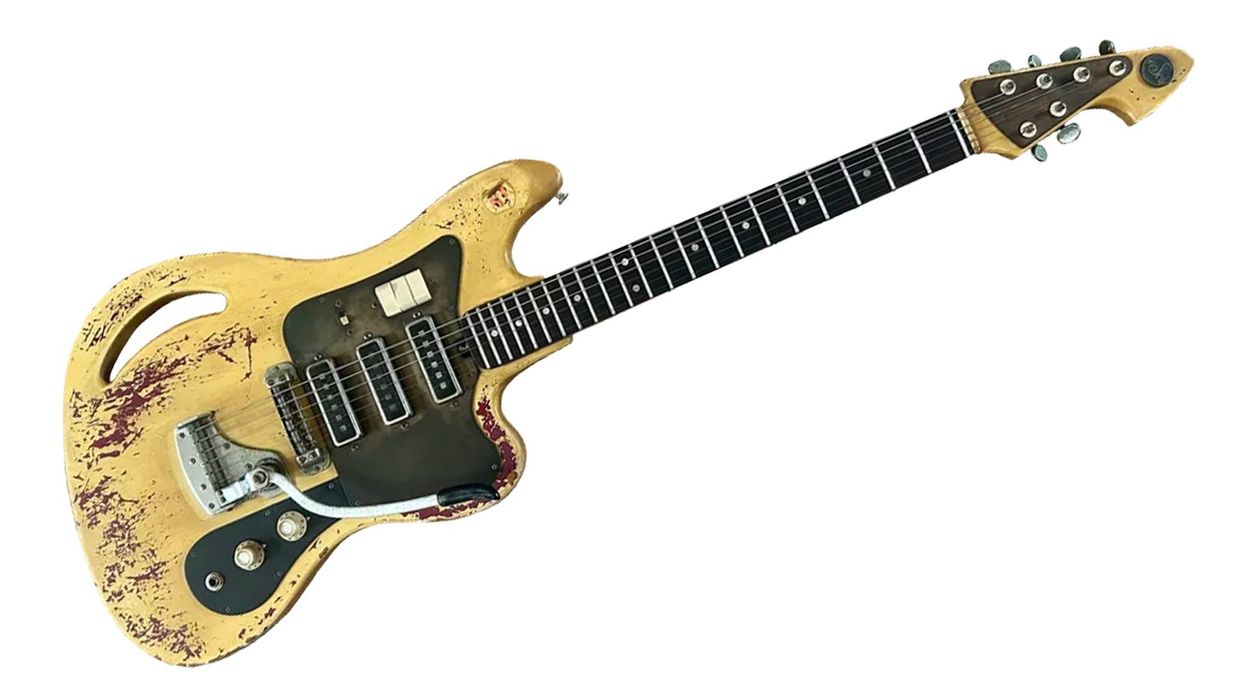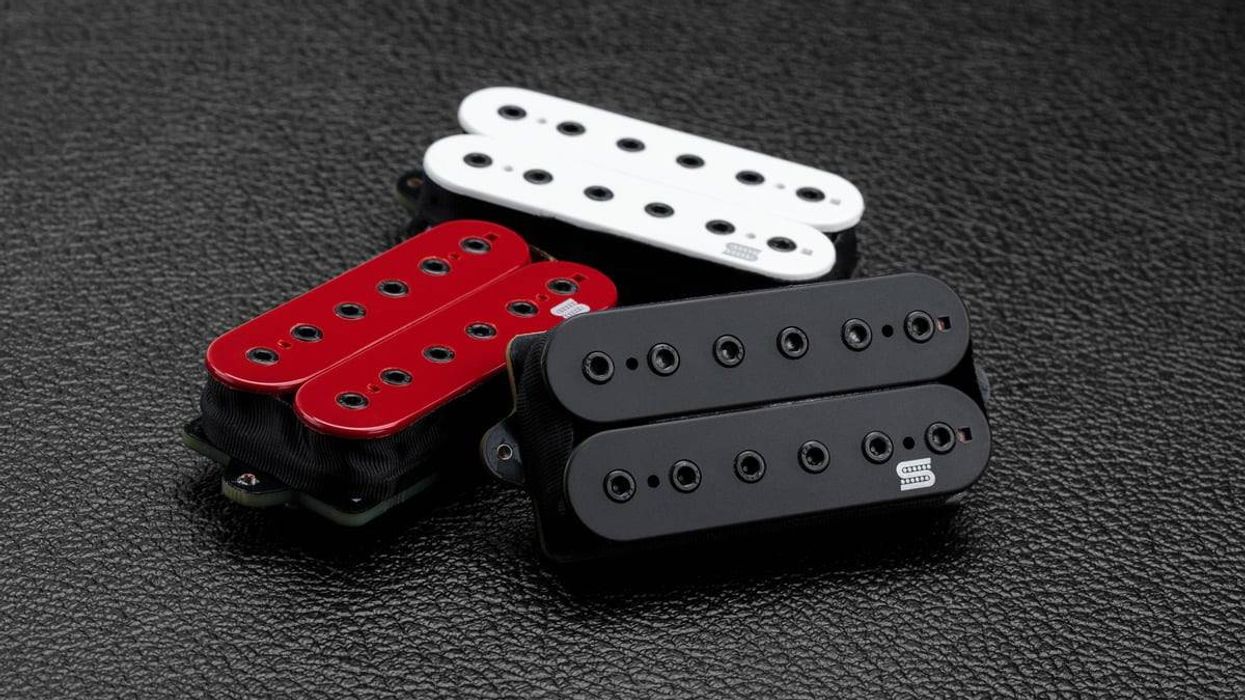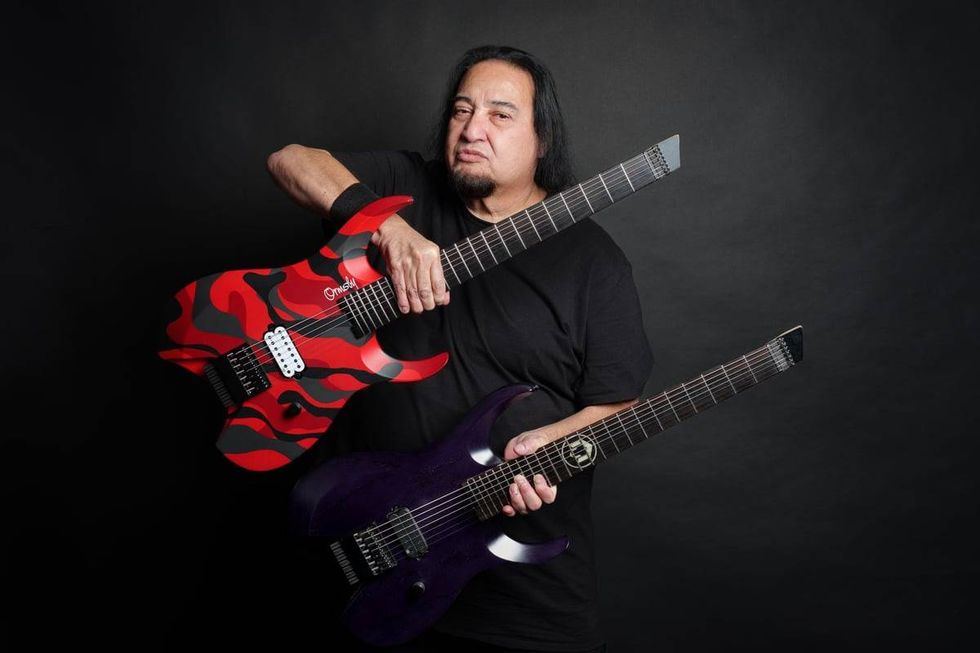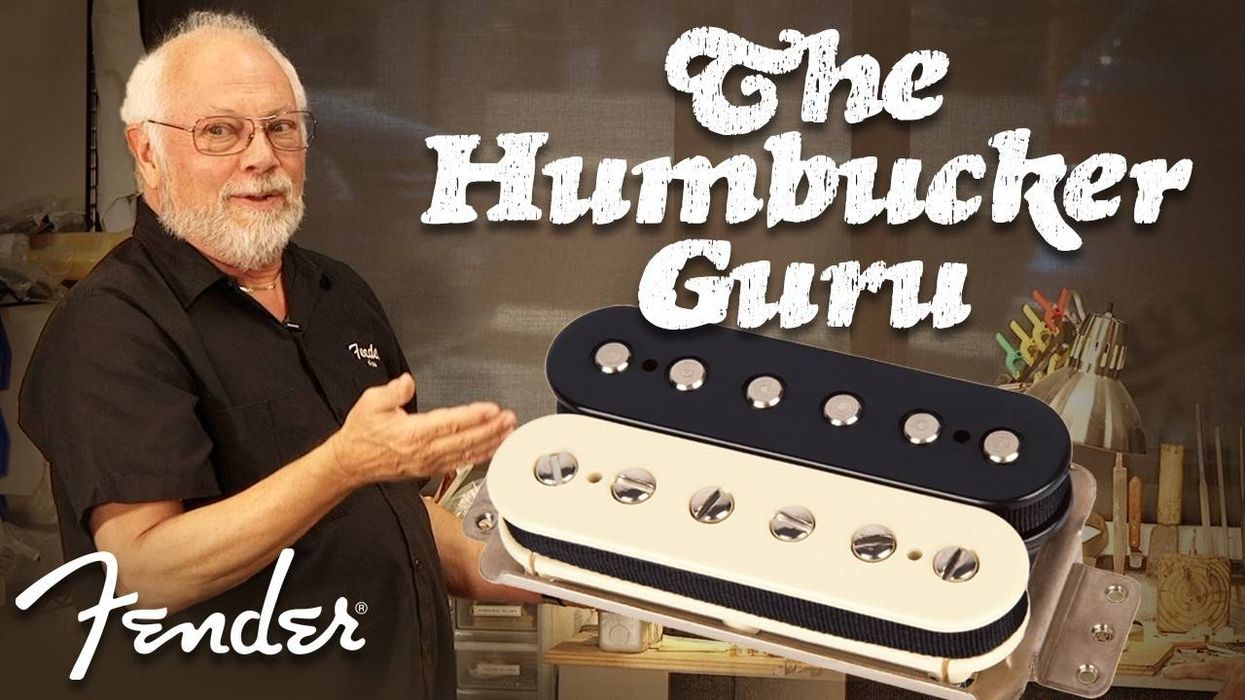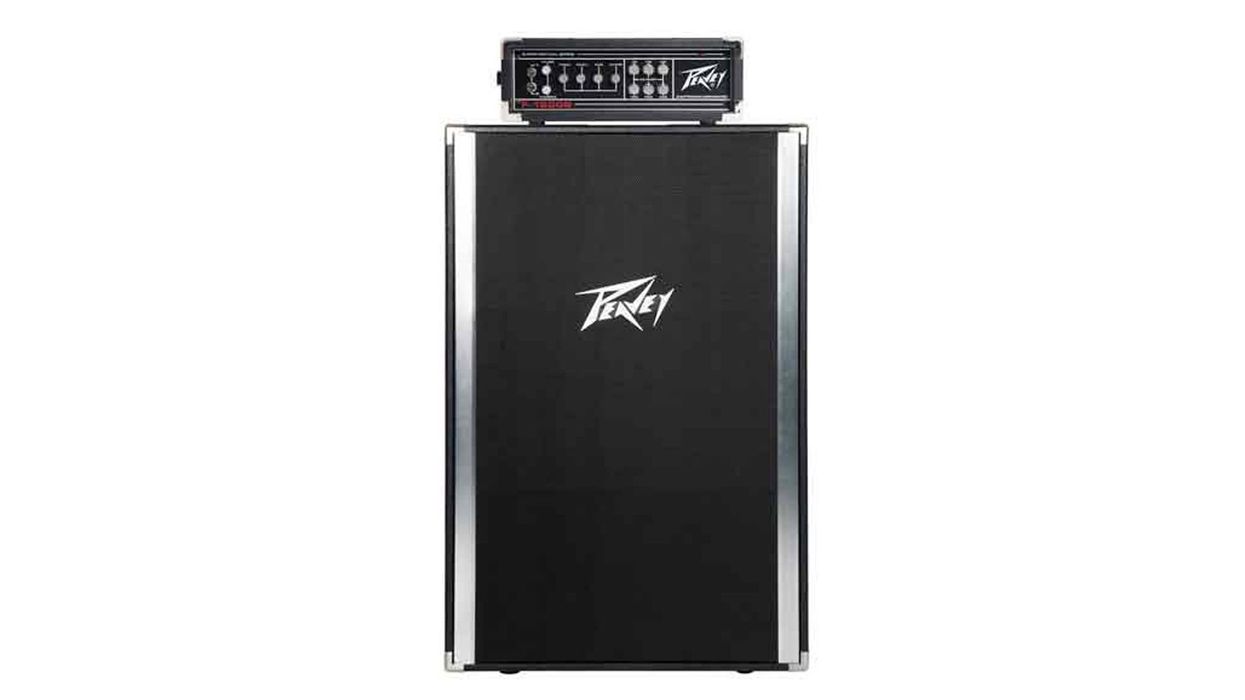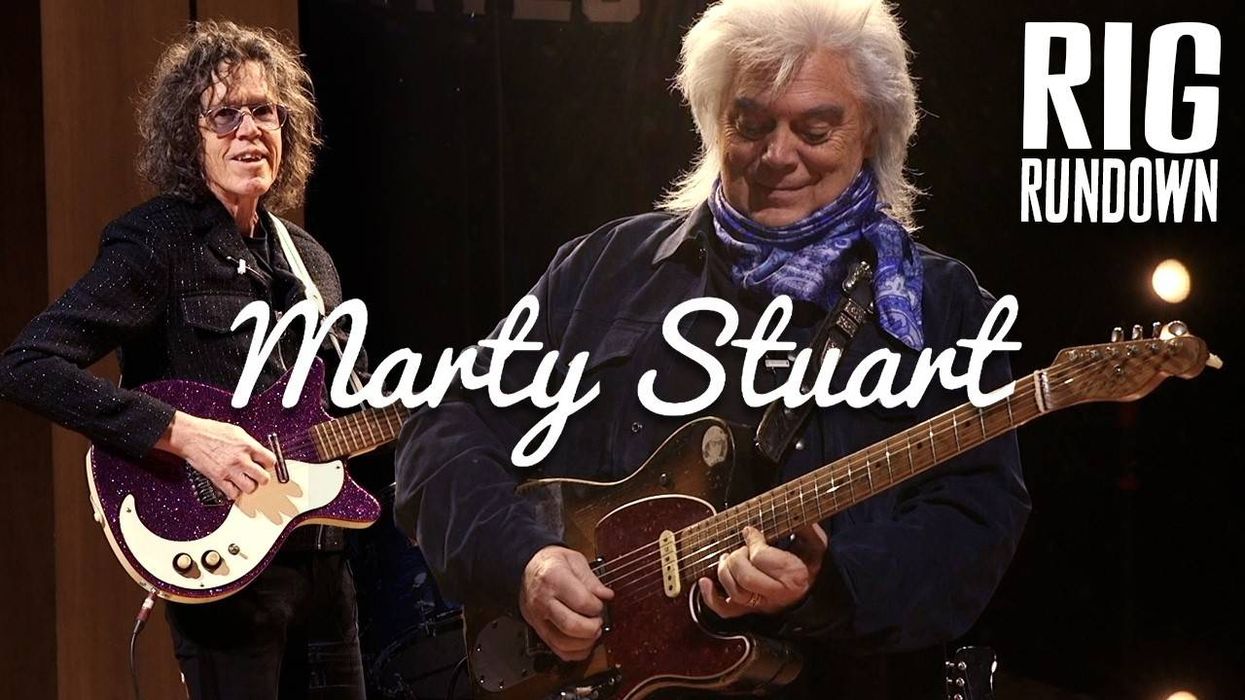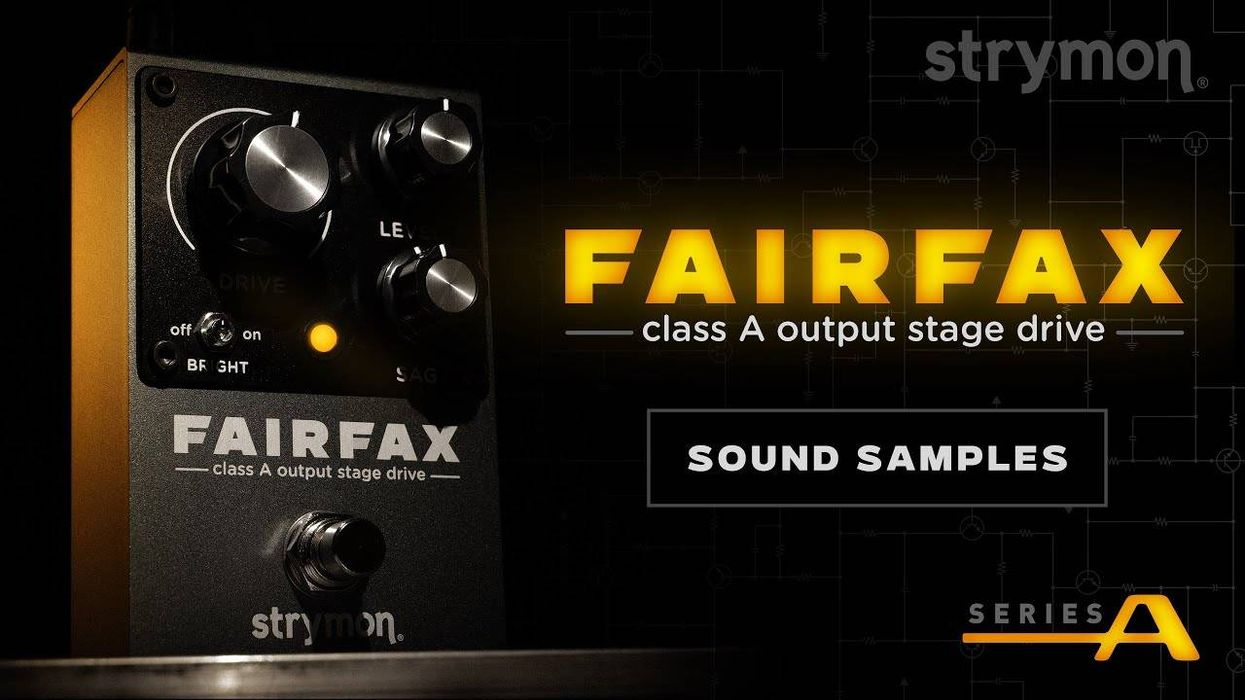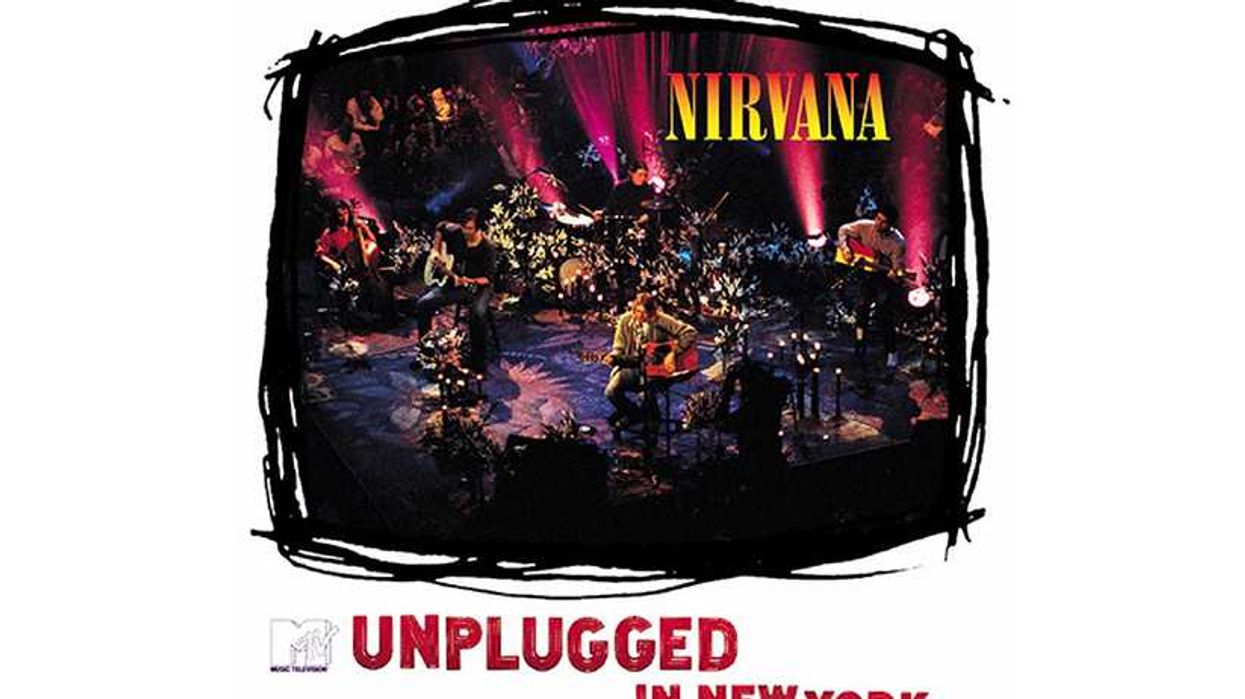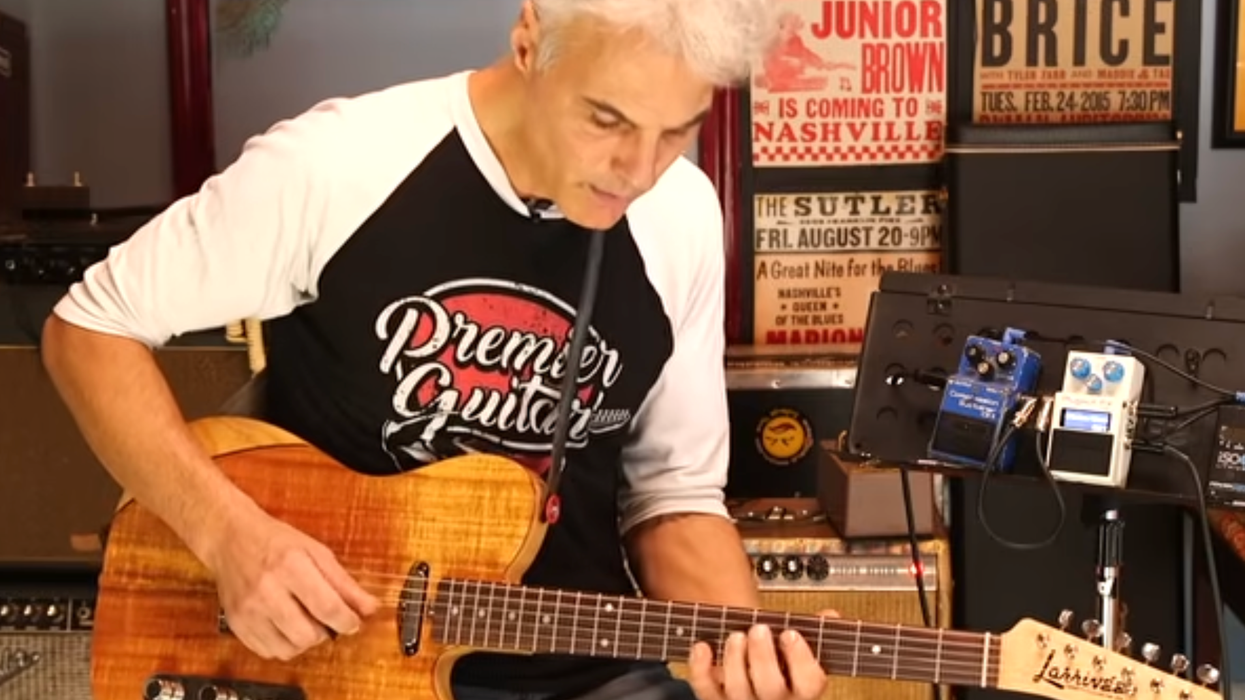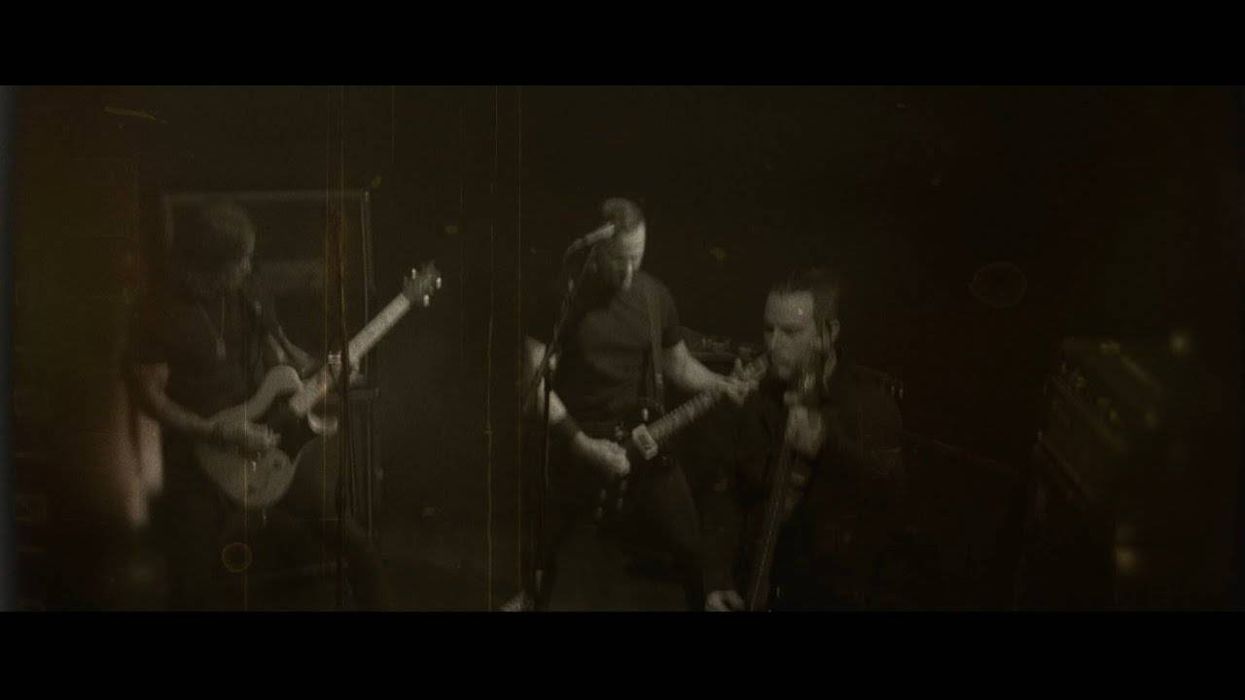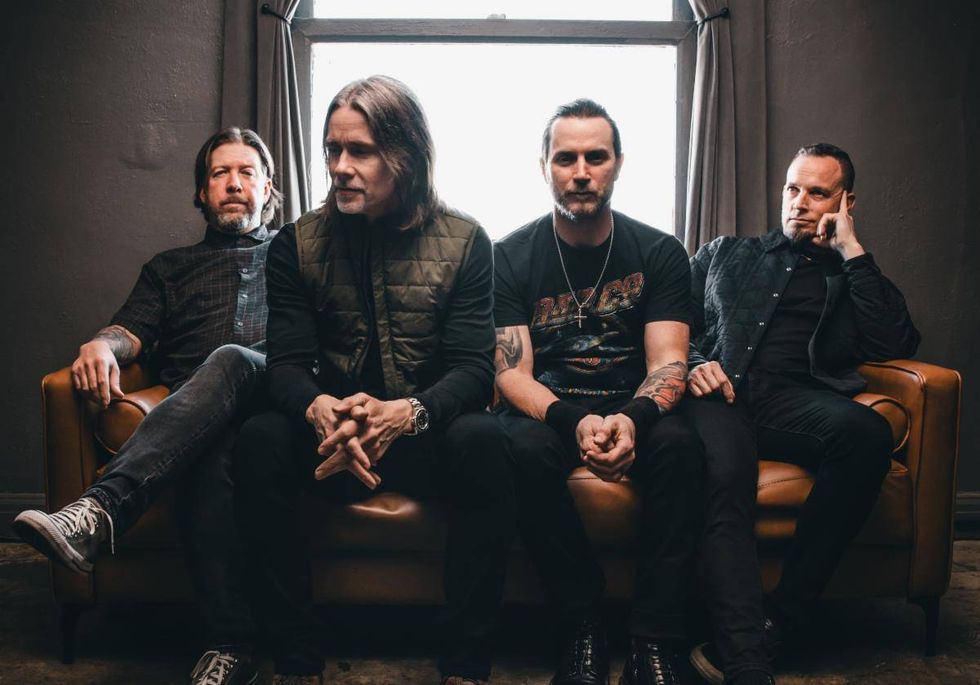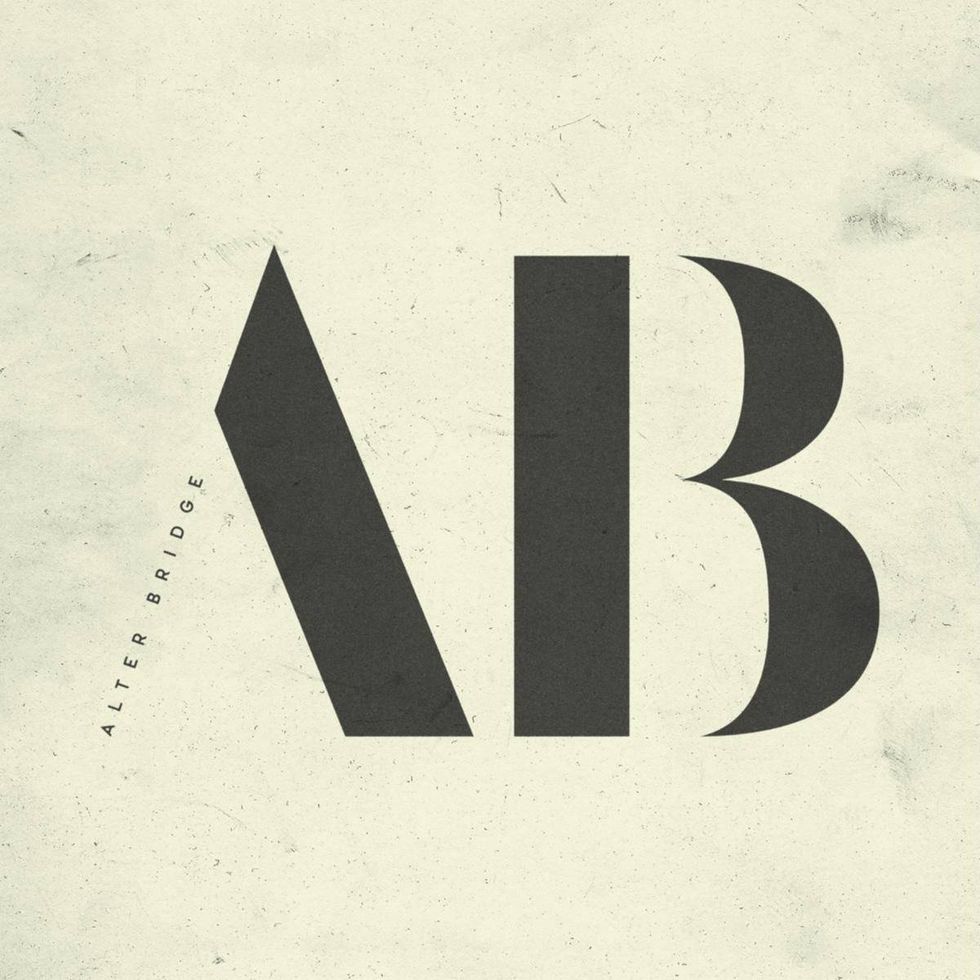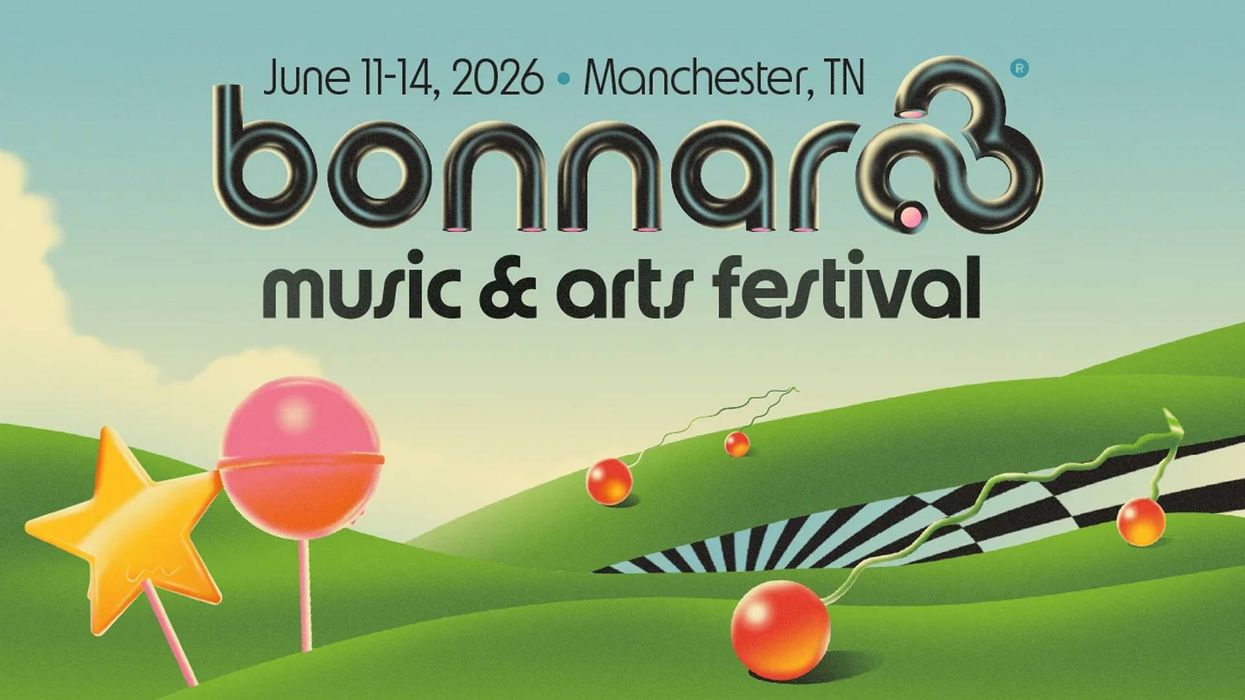Hello and welcome to Tech Tales. My name is Chad Weaver. I am country music artist Brad Paisley's guitar tech and this is my new column for PremierGuitar.com. First of all I'd like to thank Premier Guitar for allowing me this opportunity, and also thank those of you logged on for taking the time to read it. I'll be covering lots of things here in the coming months, including stories about life on the road, being a guitar and gear troubleshooting.
"How'd You Get That Gig?"
When we're on the road, my guitar area is the last stop on the fan club's backstage tour. Inevitably, I get asked the question, “How did you get that job?” many time. The answer to that question seems to be an appropriate way to begin this column.
About 10 years ago, I was visiting an old friend who had been in Nashville working as a monitor engineer for Bryan White. He had been on the road for quite a while, and mentioned to me that they were in need of a guitar tech and asked if I was interested. I said “sure”—it was literally that ridiculously simple as to how I got into this business. The only real skills I had were those I had learned from taking my own gear apart at home, gigging with a ton of garage bands, and working in music stores doing restrings and small repairs. It was truly a case of who you know rather than what you know.
So, I hit the road in August 2000 with Bryan. I had no idea what it was like living on a bus and traveling like that. We toured the U.S. until Bryan decided to take a break in December of that same year. Soon after that, I was approached by the Terri Clark camp and promptly went to work for her, spending four years there. During that time I was offered gigs to work for other artists when they needed someone to fill in for a weekend or two. Jo Dee Messina was one of these artists, and to this day I still work for her as long as I'm available to do it.
In 2001, one of those fill-in jobs was assisting with Brad Paisley. I had met him several years before while we were both enrolled at Belmont University. He was only an acquaintance back in those days, but we had many mutual friends. We actually became friends by passing each other on the road and playing the same fairs and festivals, although at the time I wasn't offered the full time job because Brad wanted to hire an old college buddy, so I continued on with Terri Clark.
In September of 2005, however, I was called and offered a job as a tech for Brad's band, so his current tech could concentrate solely on him. Brad's career was about to step into arenas and amphitheaters as a headlining act and they needed more help. I took the position just as the Time Well Wasted Tour launched, and roughly six weeks into it I was asked to switch places with Brad's personal tech. And it wasn’t by any fault of the man that was in the position before me, as he just happened to be a bit more versatile with the rest of the band. He was a drummer, guitarist and keyboard player, and is currently the newest member of Brad Paisley & the Drama Kings band.
Life as a Tech
As I'm typing this, we're riding up to Camden, N.J. and Bethel, N.Y., for this weekend's shows. Load-in starts at 8 a.m., and the hope is that our gear will come off the truck as early as possible so I can start getting it ready. All 10 guitars will be cleaned and restrung, and I'll use the same amp configuration from the last show as a starting place. If there's something that Brad wants to change, we'll do it when he comes in for soundcheck. I typically carry about 10 amps on the road and use four of them for the show. Soundcheck lasts about an hour, and once everything is dialed in and Brad's happy we'll turn over the stage to the opening acts.
Around this time, I'll finish any restringing that hasn't been done yet, change my wireless and wah batteries and put out picks on mic stands. This usually takes me up until time for dinner, but if time allows I'll get to relax a little before the show starts. My job typically gets busiest when the openers are done for the night. We have about 20 minutes from their last note to our first. That may seem like a lot of time, but when you consider clearing an entire band off stage and then resetting another, you can find yourself scrambling toward the end.
Once Brad is on stage, it's a steady adrenaline rush for 100 minutes. I'm constantly watching him to see if he needs anything, changing guitars with him, replacing picks on four mic stands and doing all of his effect/amp switching. At the end of the encore, I'll grab the guitar from him and start packing. Within 45 minutes I'll have every piece of band gear on the truck and strapped in place. I'll find a shower, maybe get a little after-show food and kick back on the bus. By now it's around 1 a.m., so it's bedtime because we're doing it all over again in a few short hours.
Hopefully this has helped answer the question “How did you get that job?”, and given you a taste of what life is like on the road. I'll be back with more next month—take care and we'll see ya out on the road!
"How'd You Get That Gig?"
When we're on the road, my guitar area is the last stop on the fan club's backstage tour. Inevitably, I get asked the question, “How did you get that job?” many time. The answer to that question seems to be an appropriate way to begin this column.
About 10 years ago, I was visiting an old friend who had been in Nashville working as a monitor engineer for Bryan White. He had been on the road for quite a while, and mentioned to me that they were in need of a guitar tech and asked if I was interested. I said “sure”—it was literally that ridiculously simple as to how I got into this business. The only real skills I had were those I had learned from taking my own gear apart at home, gigging with a ton of garage bands, and working in music stores doing restrings and small repairs. It was truly a case of who you know rather than what you know.
So, I hit the road in August 2000 with Bryan. I had no idea what it was like living on a bus and traveling like that. We toured the U.S. until Bryan decided to take a break in December of that same year. Soon after that, I was approached by the Terri Clark camp and promptly went to work for her, spending four years there. During that time I was offered gigs to work for other artists when they needed someone to fill in for a weekend or two. Jo Dee Messina was one of these artists, and to this day I still work for her as long as I'm available to do it.
In 2001, one of those fill-in jobs was assisting with Brad Paisley. I had met him several years before while we were both enrolled at Belmont University. He was only an acquaintance back in those days, but we had many mutual friends. We actually became friends by passing each other on the road and playing the same fairs and festivals, although at the time I wasn't offered the full time job because Brad wanted to hire an old college buddy, so I continued on with Terri Clark.
In September of 2005, however, I was called and offered a job as a tech for Brad's band, so his current tech could concentrate solely on him. Brad's career was about to step into arenas and amphitheaters as a headlining act and they needed more help. I took the position just as the Time Well Wasted Tour launched, and roughly six weeks into it I was asked to switch places with Brad's personal tech. And it wasn’t by any fault of the man that was in the position before me, as he just happened to be a bit more versatile with the rest of the band. He was a drummer, guitarist and keyboard player, and is currently the newest member of Brad Paisley & the Drama Kings band.
Life as a Tech
As I'm typing this, we're riding up to Camden, N.J. and Bethel, N.Y., for this weekend's shows. Load-in starts at 8 a.m., and the hope is that our gear will come off the truck as early as possible so I can start getting it ready. All 10 guitars will be cleaned and restrung, and I'll use the same amp configuration from the last show as a starting place. If there's something that Brad wants to change, we'll do it when he comes in for soundcheck. I typically carry about 10 amps on the road and use four of them for the show. Soundcheck lasts about an hour, and once everything is dialed in and Brad's happy we'll turn over the stage to the opening acts.
Around this time, I'll finish any restringing that hasn't been done yet, change my wireless and wah batteries and put out picks on mic stands. This usually takes me up until time for dinner, but if time allows I'll get to relax a little before the show starts. My job typically gets busiest when the openers are done for the night. We have about 20 minutes from their last note to our first. That may seem like a lot of time, but when you consider clearing an entire band off stage and then resetting another, you can find yourself scrambling toward the end.
Once Brad is on stage, it's a steady adrenaline rush for 100 minutes. I'm constantly watching him to see if he needs anything, changing guitars with him, replacing picks on four mic stands and doing all of his effect/amp switching. At the end of the encore, I'll grab the guitar from him and start packing. Within 45 minutes I'll have every piece of band gear on the truck and strapped in place. I'll find a shower, maybe get a little after-show food and kick back on the bus. By now it's around 1 a.m., so it's bedtime because we're doing it all over again in a few short hours.
Hopefully this has helped answer the question “How did you get that job?”, and given you a taste of what life is like on the road. I'll be back with more next month—take care and we'll see ya out on the road!




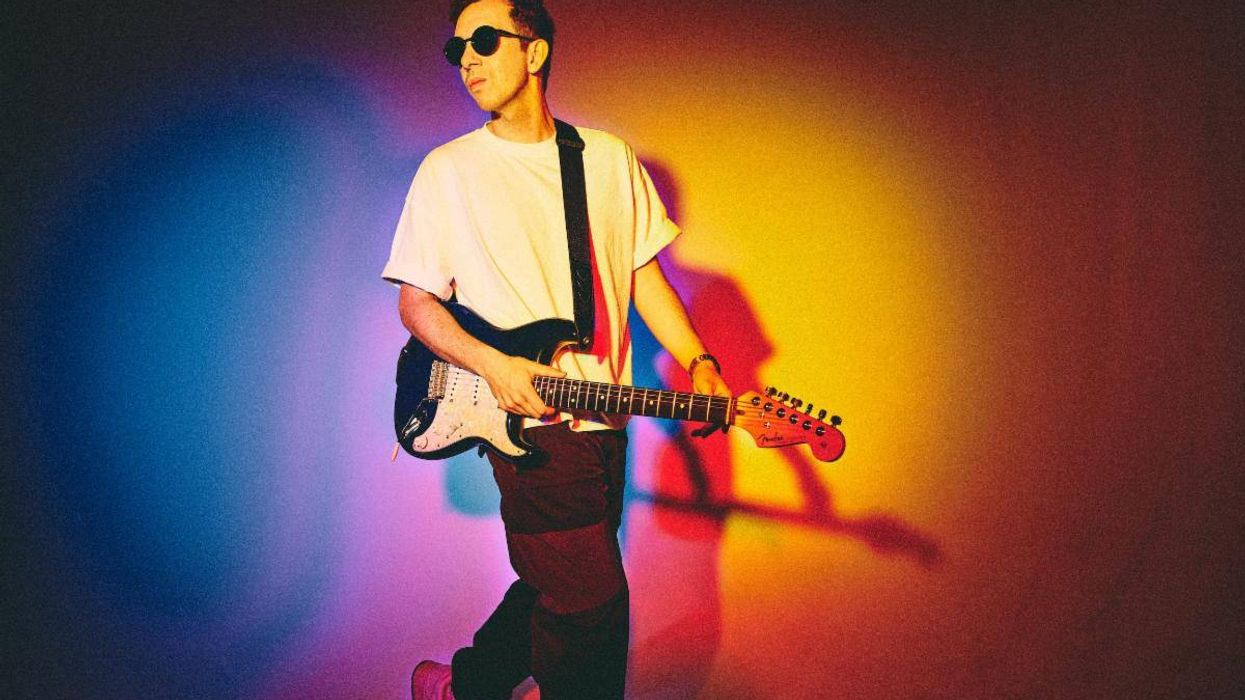
![Rig Rundown: Russian Circles’ Mike Sullivan [2025]](https://www.premierguitar.com/media-library/youtube.jpg?id=62303631&width=1245&height=700&quality=70&coordinates=0%2C0%2C0%2C0)
